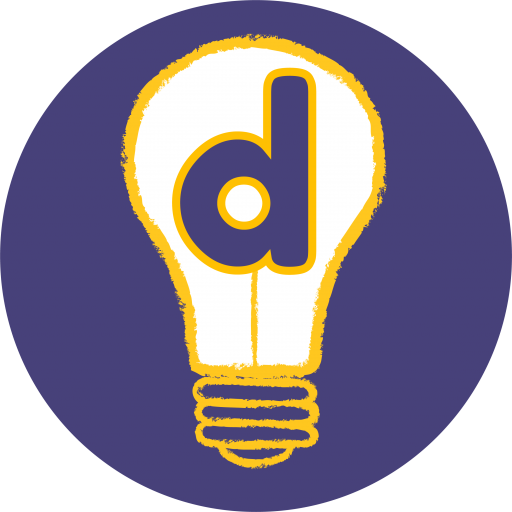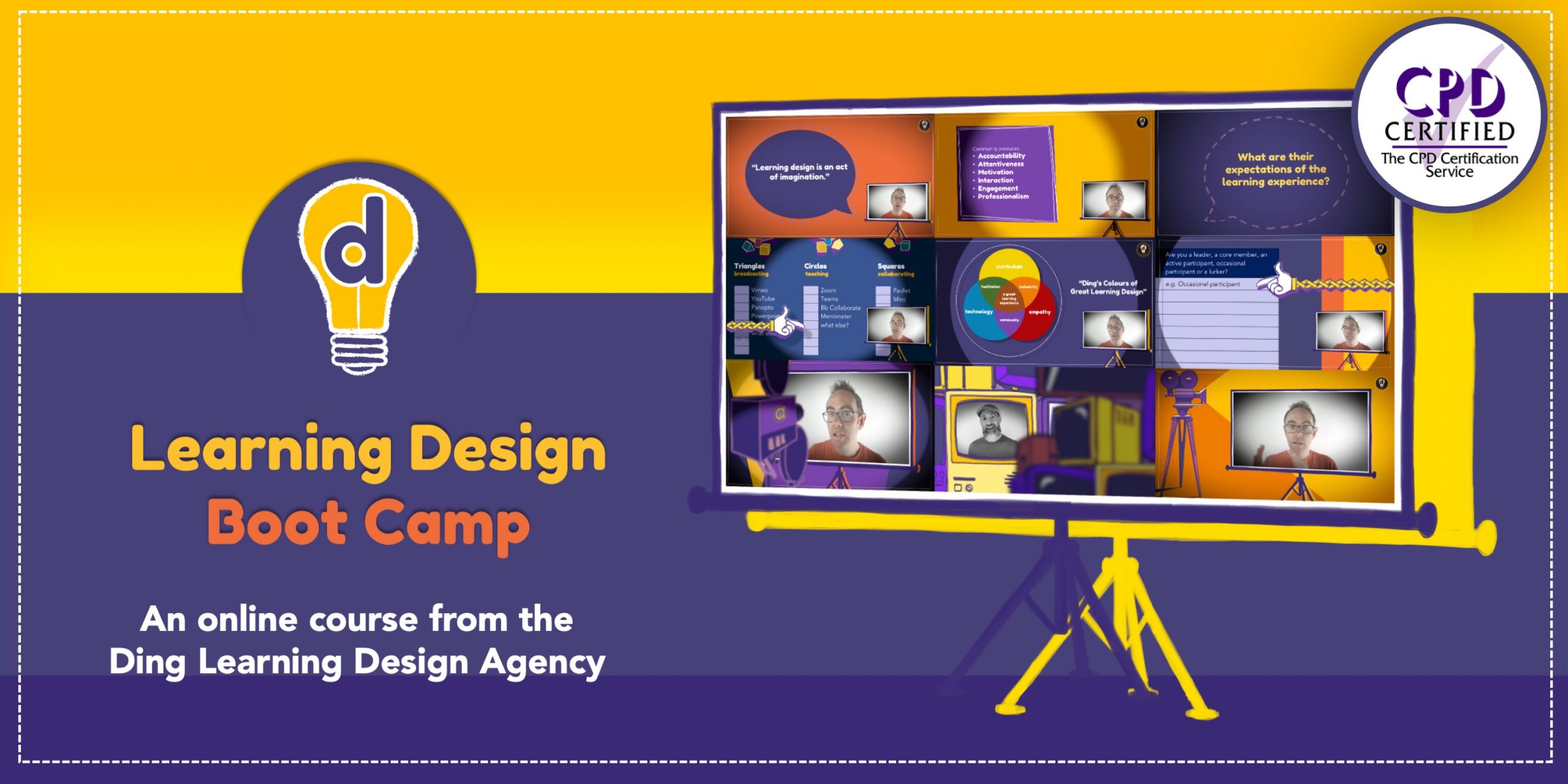Attentiveness and accountability are two powerful levers that learning designers can use to drive engagement. Let’s take a look at how we can use digital technologies to create these important conditions for effective learning.
How accountability drives engagement
Firstly, let’s look at accountability. Now, you may well be thinking, ‘hang on, I’m already accountable for too many things – I don’t need to be accountable for anything else’. But accountability in learning design has a specific meaning, and it’s this: ‘what is going to make your learners do what you’re asking them to do?’
Let’s take Ding’s Learning Design Bootcamp as an example. Participants might love the content (because it’s so engaging and humorous…) but there would be little incentive for them to keep going if the Ding team weren’t looking at their module worksheets and giving them feedback. This is what accountability looks like – the facilitator’s role is to hold you accountable for what you’re learning. Unless we had designed the Bootcamp for accountability, it’s likely that participants wouldn’t complete the course.
Another proven way to produce accountability is through groupwork and teamwork. Creating collaborative projects makes participants accountable to their team members, and not just to the facilitator or coach. Digital technologies play a key role in supporting effective teamwork by enabling team members to make their learning visible. Miro boards, LinkedIn group messages and Padlets are just some ways in which technology can enable teams to see what each member is contributing, or not contributing.
We know that accountability plays a key role in driving engagement because we can see what happens when we remove it. This is demonstrated by the fact that over 90% of people who sign up to Massive Open Online Courses drop out and don’t finish – the issue is learners aren’t held accountable for what they’re learning.
How attentiveness drives engagement
This brings us to attentiveness. Attentiveness drives accountability. It’s the act of looking at what learners are doing, and making sure they know they’re progress is being monitored. In a physical classroom, attentiveness looks like the tutor or facilitator walking round the room and checking everyone is on task, then providing assistance as needed.
But in an online course, you can’t walk around the room. So how can we produce attentiveness?
The answer is this: we use technology to make learning visible. Getting learners to write on a blog makes their learning visible. Conversations in Slack or on discussion boards make learning visible. Asking learners to respond to a task in a Google Doc makes learning visible.
Once this happens, you can produce attentiveness by responding to what learners have produced. You might do this by commenting on their work, ‘liking’ it, or even just adding a smiley face or the two-eyed emoji to show you’re looking at it. These simple gestures show learners that you’re being attentive, and this in turn produces accountability.
Motivating learners
Too many learning experiences make the teaching visible, but not the learning.In order to make learning visible, we also have to motivate learners to do things. By showing learners we are being attentive and by making them accountable for what they’re learning, we produce motivation.
Motivation is integral to effective learning at all levels, but for adult learners it’s especially important. Adult learners can easily choose not to continue with a learning experience unless they feel motivated to do so. So as learning designers, we have a responsibility to design for accountability and attentiveness in order to create a learning experience that compels learners to continue. If we simply present learners with a load of content, it doesn’t matter how great it is – after a while, they’ll just stop consuming it because there is nobody to hold them accountable for what they’re learning.
One of our fabulous podcast guests, Geraldine Murphy talked about the importance of motivation in learning design. You can listen to her podcast here.
So to recap, attentiveness and accountability are two powerful levers we can use to motivate learners to engage. As we design any activity, we should always ask ourselves ‘how will learners be required to demonstrate what they’re learning?’ (accountability), and ‘how can we show them that their work is being looked at?’ (attentiveness).
You might also like:
Thank you to:
- The Unsplash community for a fabulous photo!
Interested in learning design?
Then you might like our Learning Design Bootcamp.
Download the brochure to find out about the activities and assignments, and have a look at some of the course videos
You can also book a call with the Ding team who will answer all your questions!




Trackbacks/Pingbacks